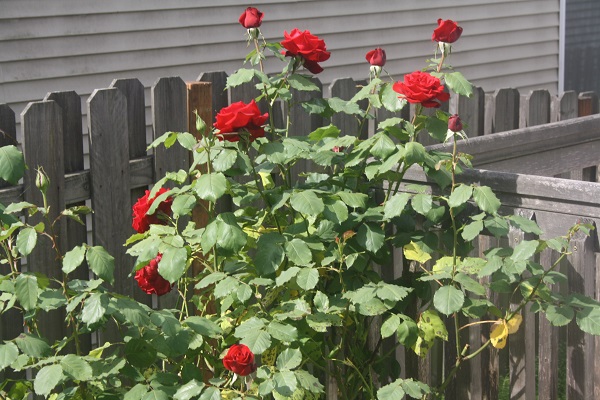
June 18, 2014, by Blue-Green team
Ahilan’s first trip to America
This post describes Sangaralingam Ahilan’s personal and research experiences during his first visit to Portland, Oregon. As part of the ‘Clean Water For All’ (CWFA) research initiative, Ahilan travelled for the first time to the U.S. on 3rd May for two weeks for co-location research with U.S. academics in Portland State University (PSU) and Reed College.
Personal Experiences
Prior to this travel, Ahilan’s perceptions about America were based on people’s narratives, Hollywood films and television news over the last thirty years. These experiences are mostly centred on New York, Los Angles and Washington DC, and they typically described America with attributes such as telescopic buildings, cutting edge technologies, fast moving life, self-centred people, insecurity, etc. However, Ahilan’s image of the U.S. started to change as the days passed and he started to get into the routine life of Portland.
On the first day of Ahilan’s arrival, he visited Columbia River in Washington State with the Project Principal Investigator’s family. When they walked along the river bank, Ahilan was really amazed by the scale of the Columbia River, the relaxing atmosphere in the region and how the river acted as a transportation medium from Canada through the U.S. states of Washington and Oregon.
During his stay in Portland, Ahilan interacted with a mixture of people including those at the Bureau of Environmental Services, PSU, Reed College and the local bus drivers. They all seemed to be very friendly and fully committed to their work. They were willing to help when others are in need and he really admired their personal qualities. The phase of routine life in Portland appears to be relatively slow and calm.
Food!
Ahilan also enjoyed the range of foods sampled at various Portland restaurants, with fellow team members. This included Thai, Korean and American dishes.
Research Experiences
Portland may be classed as a “Blue-Green City” and demonstrates many examples of best practice whereby people and nature are able to co-exist in the highly developed urban environment. The city of Portland actively promotes storm water management through onsite infiltration and flow control measures to reduce storm water runoff into the street and sewer syatem. In most parts of Portland, separate stormwater sewer systems are being implemented to overcome the risk of Combined Sewer Overflows (CSOs) during intense rainfall events and storms. This will help protect watercourses and reduce the risk of microbial pollution, which in turn, will greatly benefit human health, fish and wildlife habitat.

Reducing the stormwater input into the combined sewer system via a downspout disconnection initiative
The UK team’s research in Portland is mostly centred on Johnson Creek, a highly urbanised stream known for frequent flooding and contains sections that do not meet water quality standards under the Federal Clean Water Act. Many organisations, including the City of Portland Bureau of Environmental Services and Johnson Creek Watershed Council, carry out extensive restoration work along Johnson Creek reaches to return its floodplain to a natural condition and provide more space for the river to flow and be stored. This will enhance flood mitigation, water quality, and fish and wildlife habitat. Ahilan’s research is focused on the Johnson Creek reach (East Lents area) and a sub-watershed in Errol Heights (Errol-Tideman sub-watershed).
The banks of Johnson Creek in the East Lents reach has been reconfigured to reconnect the river to a restored floodplain on a 70-acre site containing native vegetation. The Errol Heights sub-watershed has sections of unimproved streets (inadequate paving and lack of sidewalk and pavement bioswales). Erosion of the unimproved streets can increase the sediment yield from the street network into the urban drainage system, which increases the risk of culvert blockages downstream and may impact on local wildlife and habitats in the receiving waters. The objective of Ahilan’s study is to integrate the flood and sediment dynamics at these sites through detailed hydrodynamic and morphodynamic modelling. Utilising these models will allow Ahilan to understand the existing sediment dynamics and explore potential Blue-Green interventions that may minimise the sediment movement into the urban drainage system and river.
In summary, Ahilan is really convinced by the progress the City of Portland has made in progressing towards a ‘”Blue-Green City” through the ‘Grey to Green’ initiative that has transformed Portland’s stormwater drainage and urban green space over the last decade. He strongly believes that this is the only way to cope with rapid urbanisation resulting from socio-economic development and uncertain climate change in developed and developing world during our life and future generations.
Let Knowledge Serve the City ……PSU motto
Read more about the Clean Water for All 2014 research project on our website and download the inception report (working document, 1 MB)
No comments yet, fill out a comment to be the first













Leave a Reply